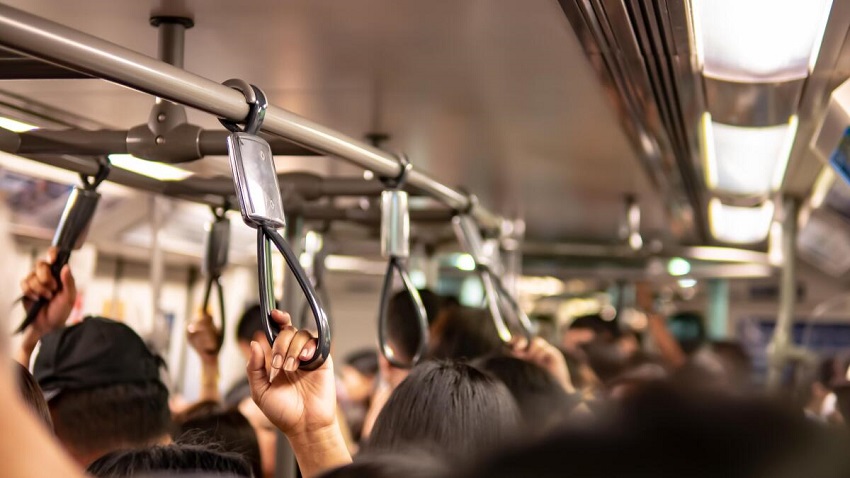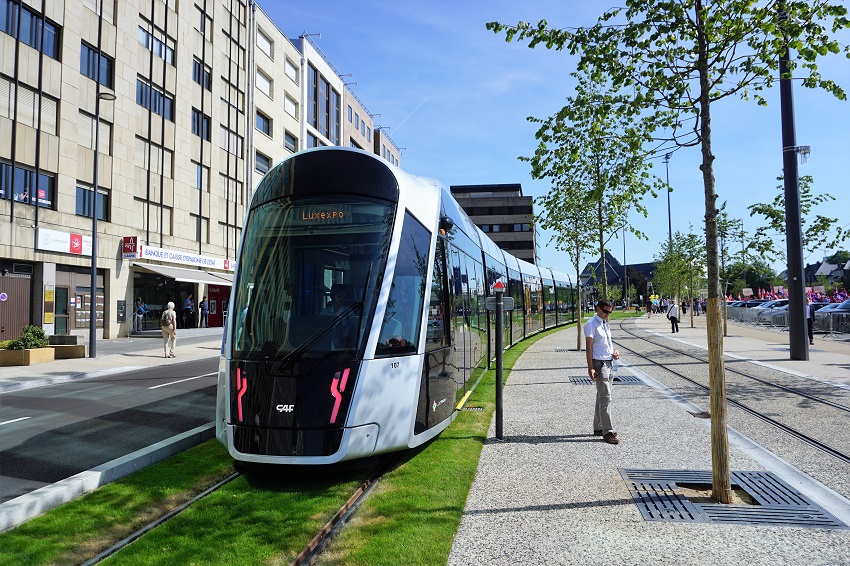Public transportation is a convenient and widely used mode of transportation in many cities around the world. It offers numerous benefits, such as cost-effectiveness and reduced traffic congestion. However, there are also drawbacks associated with relying solely on public transportation. In this article, we will explore three advantages and three disadvantages of using public transportation.
Public transportation refers to the various systems and services available to the general public for commuting purposes. It includes buses, trains, trams, subways, and other forms of shared transportation. Many individuals choose public transportation as their primary mode of travel due to its affordability and accessibility. However, it is important to consider both the advantages and disadvantages before relying solely on public transportation.
Advantages of Using Public Transportation
Cost-effectiveness
An important benefit of using public transportation is its cost-effectiveness. Compared to owning and maintaining a private vehicle, utilizing public transportation is often more affordable. Public transportation fares are typically lower, particularly when compared to the expenses of fuel, parking fees, and vehicle maintenance. By using public transportation, people can save money on transportation costs and use those savings for other critical expenses.
Reduced Traffic Congestion
Public transportation plays a vital role in reducing traffic congestion in urban areas. When more people opt for public transportation instead of driving individual cars, there are fewer vehicles on the road. This leads to decreased traffic congestion, shorter travel times, and improved overall traffic flow. Reduced traffic congestion also contributes to a more sustainable and eco-friendly environment by reducing carbon emissions and promoting a cleaner atmosphere.
Environmental Benefits
Public transportation offers significant environmental benefits. By choosing to use public transportation instead of driving a private vehicle, individuals can actively contribute to reducing air pollution and carbon footprint. Public transportation systems typically utilize efficient vehicles and alternative fuel sources, which emit fewer greenhouse gases compared to private cars. Public transportation helps preserve natural resources and create a greener future for generations to come.
Disadvantages of Using Public Transportation
Limited Flexibility and Schedule Constraints
One notable disadvantage of relying on public transportation is the limited flexibility and schedule constraints it entails. Public transportation operates on fixed schedules and predetermined routes. Passengers need to adhere to these schedules, which may not always align with their specific needs or preferences. In certain situations, such as emergencies or late-night travel, the availability of public transportation options may be limited or even nonexistent.
Overcrowding and Uncomfortable Conditions
Public transportation can often become overcrowded, especially during peak hours. Buses, trains, and subways can become congested with passengers, leading to discomfort and inconvenience. Standing for long durations, lack of personal space, and exposure to unpleasant odors are some common issues faced by individuals using public transportation. Overcrowding can also impact the overall travel experience, making it less enjoyable and potentially stressful for passengers.
Potential Safety Concerns
While public transportation systems strive to maintain safety and security, there is always a potential risk associated with using public transportation. Instances of theft, harassment, or accidents can occur, although they are relatively rare. Passengers need to remain vigilant and take necessary precautions to ensure their personal safety while using public transportation. It is advisable to be aware of the surroundings, follow designated safety guidelines, and report any suspicious activities to the authorities.
Conclusion
Public transportation offers several advantages, including cost-effectiveness, reduced traffic congestion, and environmental benefits. It provides an affordable and sustainable alternative to private vehicles for commuting. However, it also has its disadvantages, such as limited flexibility, overcrowding, and potential safety concerns. Individuals should carefully consider their specific needs and circumstances when deciding to rely solely on public transportation.
FAQs
Q1: Are there any other advantages of using public transportation?
Public transportation offers additional benefits, such as reduced parking hassles, less reliance on fossil fuels, and the opportunity to multitask or relax during the commute.
Q2: How can I cope with overcrowding on public transportation?
To cope with overcrowding, try to avoid peak hours, consider alternative routes, or choose less crowded modes of transportation if available.
Q3: Can public transportation be a viable option for long-distance travel?
While public transportation is primarily designed for short to medium distances, certain modes like trains or long-distance buses can be used for longer trips.
Q4: Are public transportation systems in all cities equally reliable?
The reliability of public transportation systems varies from city to city. Researching and familiarizing yourself with the transportation options and schedules in your specific location is advisable.








